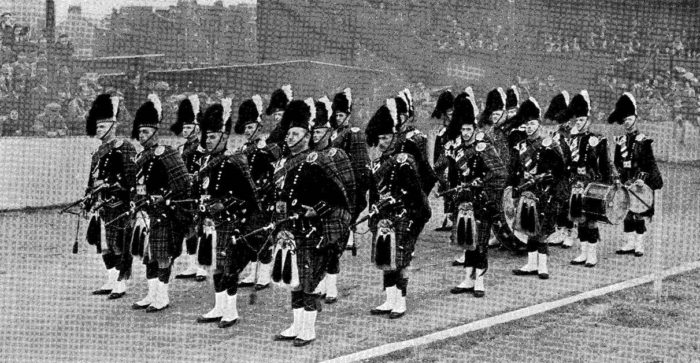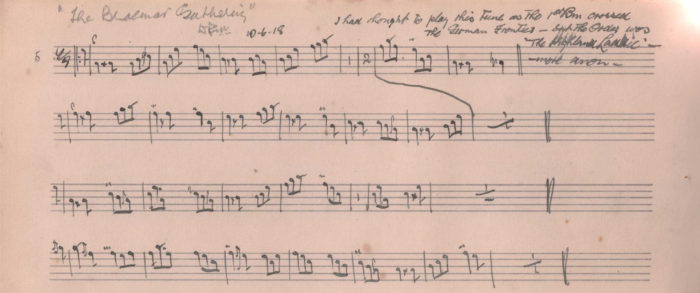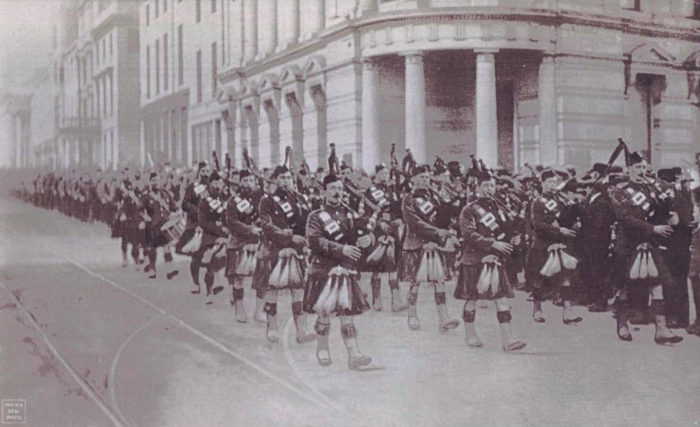Download tools
All of the sheet music on this site is in the form of a pdf file. You will need Adobe Acrobat reader to open it. In the off-chance you don’t already have it on your device, you can download it for free at Adobe Acrobat.
All of the recorded downloads on this site are in the form of an MP3 file. You will need an MP3 player like Windows Media Player (you probably already have this as it comes with Windows) or RealPlayer. In the off-chance you don’t have a media player on your device, you can download Real Player for free at RealPlayer
How the pipetunes sound files are recorded

I record MP3 demonstrations of all tune I have made most of them myself, but I would like to thank the many composer/arrangers who agreed to provide recordings of themselves playing their own tunes. While we charged for complete MP3 downloads when the site started, I now believe that want to hear entire tunes before they purchase the sheet music, so the MP3 files can now be heard in their entirety as you browse, and then downloaded for free.
While I asked no more than that they record the tunes on a practice chanter, some have decided to use pipes or small pipes. No matter how they are done, these recordings are meant to be demonstrations of the tunes only. They are not ‘performances,’ and I have not been concerned about squeaks, breathing noises, foot-tapping or breaks for breath. These MP3s are meant give you an idea how the tunes can be played. Having said that, as time has gone on I have improved the methods by which the tunes are played, and if I do say so myself, the resulting hundreds of recordings are well played, well recorded, and gentle on the ear.
All of the public domain tunes, and many of the copyright pieces, have been recorded by myself. At the beginning of the project I used a practice chanter. Later, when I grew tired of figuring out where to take breaths, I stuck the practice chanter into a pipe bag. Later still, when I grew tired of blowing altogether, I began using a Deger electronic chanter. I have now moved on to the Blair Digital Chanter which has much more versatility, vitality and functionality.
I have deliberately chosen to record all tunes at a low A pitch of 466 cycles per second, which as the pitch of the average practice chanter. I have done this so users can play along with the recording if they would like as they are learning tunes. I’m told that many people do this.
While I have tried to play the tunes to tempo where possible, many of them are slightly slower that I would play them in performance. This is largely because not all of the hundreds of tunes on the site are in my personal repertoire! Many I haven’t played for years, and many more I recorded only a few minutes after sight-reading them for the first time.
Levels of difficulty
All tunes here will have a “Level of Difficulty” assigned to them. These levels are not absolute; they are relative to the time signatures they are describing. If this was an absolute list, then every slow air would be listed as “easy” and every hornpipe as “very difficult.”
So, if a 4-parted hornpipe is described as “easy” this does not mean it will be easy like a slow air. It means that, as hornpipes go, this is an easy hornpipe. But if hornpipes are generally above your comfort level, even a hornpipe labelled as “easy” will be a difficult tune for you.
Settings

One of the great benefits of pipetunes.ca is to be found in the settings — the physical way an author wrote the sheet music, which results in a “version” of a tune. Some of the great books of pipe music contain settings that are antiquated, gracenoted poorly, or are pointed in ways that may simply reflect one piper’s idiosyncracies 100 years ago.
I have paid acute attention to gracenoting and pointing in all of these tunes. I have used published settings as a guideline, making carefully considered alterations according to modern gracenoting or pointing practices. Frequently I have combined the best characteristics of more than one setting to arrive at a setting that reflects current gracenoting and pointing styles while remaining true to the tradition of the tune.
In many cases, a pipetunes.ca setting may not be the same setting I play, because my personal settings reflect my personal idiosyncracies.
In some cases – examples are the tunes of John Wilson, Edinburgh – I have agreed with the family to publish the tunes exactly as they originally appeared in print in the composers’ published books or manuscripts. Sometimes this entailed using pointing or gracenoting styles that don’t reflect how the tunes are played today. However, I have promised the estates involved to be true to the composers’ original intentions, and I think in these cases that’s a good thing.
Pointing
Related to settings is the issue of how pointed a tune should be played, or whether it should be pointed at all. “Pointing” refers to how long a (dotted) is played: “pointing” a note means playing it for a longer time, while “rounding” the note means to play it for less time. There are more than several ways to express a pipe tune, and, particularly in the reel and hornpipe idioms, one piper might choose to point a tune that is written round, or round a tune that is written with lots of dots and cuts. It can be confusing to less experienced pipers to find music to a tune they heard and liked only to see that it’s not written the way they heard it. Welcome to traditional music, where we are frequently heard to say, “The music is just a guide!”
1st and 2nd endings

Less experienced pipers are sometimes confused by the brackets above lines of music that say things like “1 of 2” or “2 of 2” or “2 of 4.” Sometimes they may just say “1” or “2.” These are commonly known as second endings, and they are a way of saying, for example, that line 2 of the first part is also line 2 of the second time through the second part.
If you see a bracket over the second line of the first part of a march, and at the start of the bracket it says “2 of 2,” that is an abbreviated way of saying, “We’re going to use this particularly lovely 2nd line of the first part again later in the tune. Play it again as line 2, second time through part 2.” When you arrive at part 2, you’ll see a bracket over the 2nd line of that part that says “1 of 2.” Play that line the first time through the part, and the bracketed line from the first part when you play the second time through the part. We do this so that we can write out a 10-line tune in just 8 lines, or a 5-line tune in just 4.
While this system may look confusing at first, it’s quite simple once you pick it up. Just remember that the first number refers to the first or second time through the part, and the second number refers to the actual part.
If this is still unclear, the MP3 recording will set you straight.
